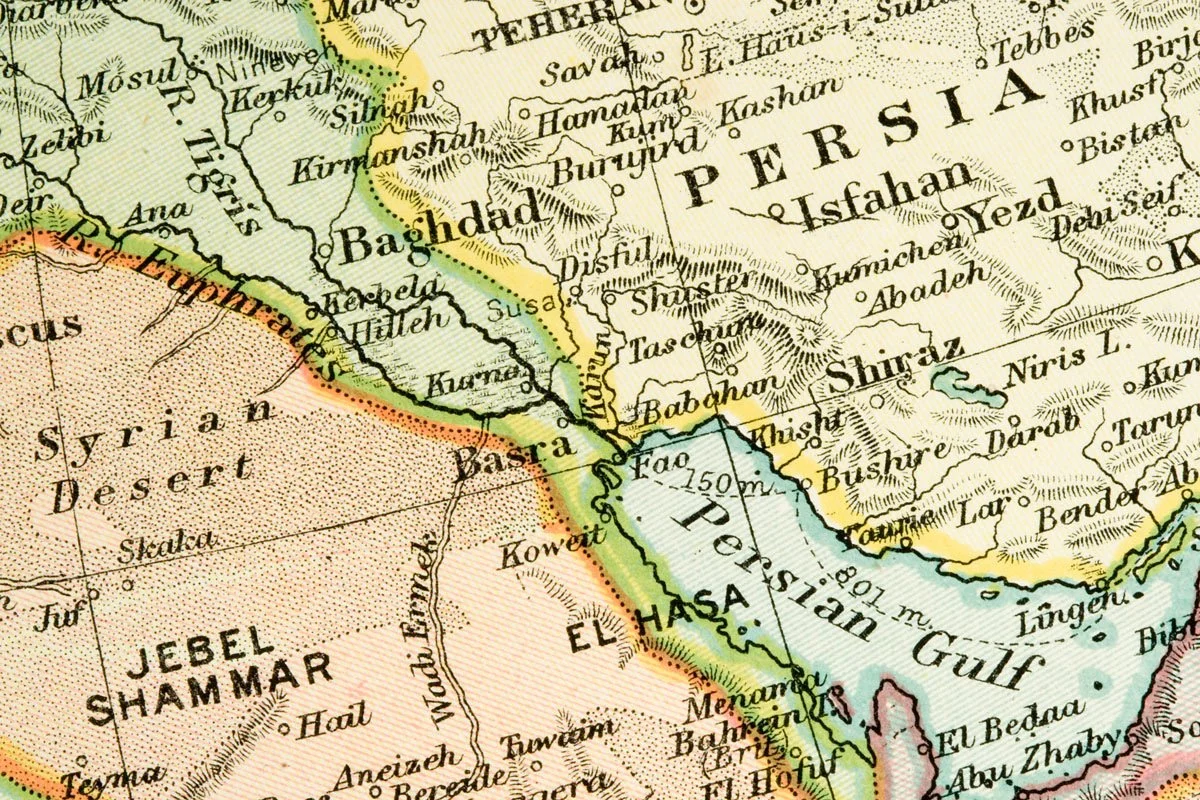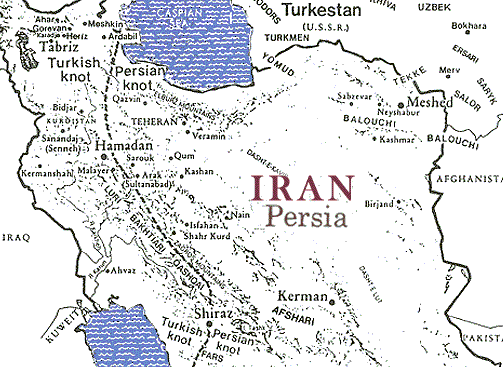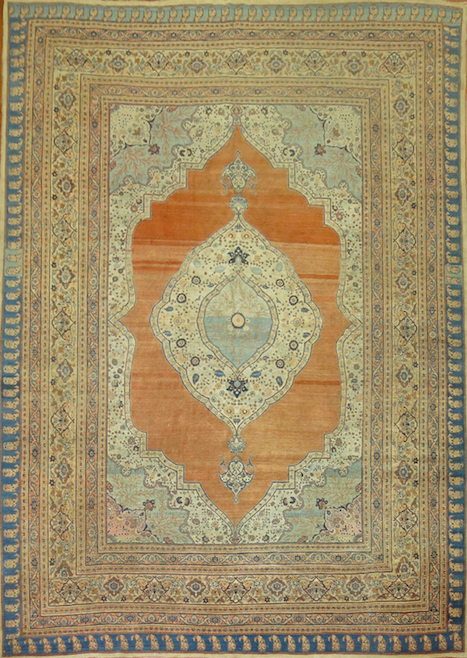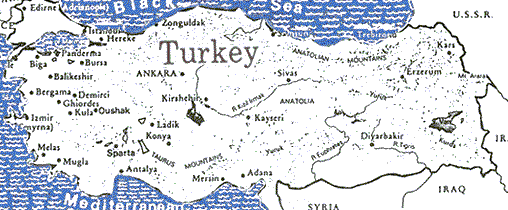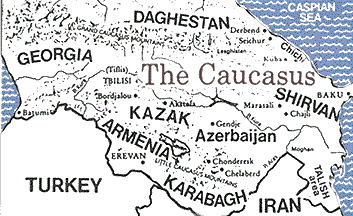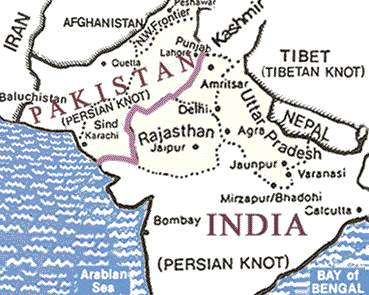Where Rugs Come From
The Rug belt: stretches from Morocco across North Africa, the Middle East into Central Asia into northern India. It includes countries such as Northern China, Tibet, Turkey, Iran, The Caucus, India & Pakistan.
Oriental rugs can be classified by their region of origin. Each one representing different strands of tradition.
Rugs are mentioned in the Old Testament and in the book of Homer. They were known to the ancient Chinese, Egyptians and Greeks. The earliest known hand knotted carpet dates from 500 B.C. and was discovered in southern Siberia and is known as Pazyryk Rugs were made in Persia during the reign of Cyrus 530 B.C. whose tomb was said to be covered with precious carpets. By the 16th century rug making was highly developed in Persia and Turkey. It then spread north to the Caucus, East to India, Turkestan and China. Finally it reached Europe and the West. The American Indians developed weaving traditions completely independently.
The Persian carpet is classified by the social setting in which they are woven: nomad, villages, town and court manufactures.
By ethnic groups or nomadic tribes such as Qasqai or Bahktiary or by the town or province where the carpets are woven such as Heriz, Hamadan, Senneh, Isfahan, Kashan and others
Turkish carpets form an essential part of the Turkish culture. The Turkish carpets Distinguished by characteristic dyes, color, designs and techniques Predominantly woven in workshops
since 1982 there has been a revival of traditional Turkish carpet weaving using hand spun natural dyed wools and traditional designs. Bold geometric highly stylized often red and yellow.
The caucasian provinces of Karabagh, Shirvan,
Daghestan and Georgia formed the northern territories. in 1813 they receded to Russia and included Baku, Genje and Talish. Today this region is known as Azerbaijan, Armenia and parts of Georgia. The weavers identity or ethnicity remains unknown in each of the pieces and are considered indigenous folk art.
The original model for Indian rugs are heavily influenced from Persian pieces. The most elaborate carpets were woven under the mogul empire during the late 16th until the first half of the 18th century. They were influenced by eurasian invaders.
Majority of mogul period carpets show floral motifs & large leaf & blossom patterns on a red field.
China has a long history of exporting traditional goods.Chinese carpets were woven almost exclusively for internal consumption by the wealthy who could afford to purchase or have them made.
It was not until the first half of the 19th century that the Chinese began to export their rugs. Once in contact with western influences there was large change in production. Art Deco featured bright colors such as Lapis Blue. Chinese carpets feature floral and animal motifs as well as geometric figures. Symbols are inspired from the natural world carrying a particular meaning.


